March 22, 2016
By Mike Schoby
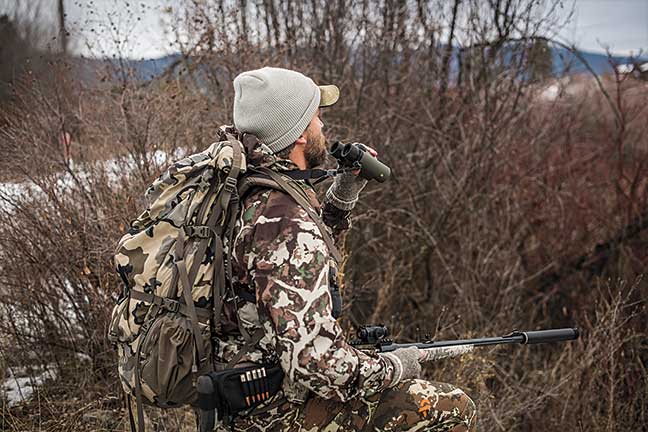
Suppressors, silencers, cans, mufflers, or sound moderators — call them what you will, they are the hottest segment in the hunting and shooting world today for good reason.
They make shooters more accurate by reducing recoil and eliminating flinch, they decrease noise pollution, and most importantly, they save your precious hearing. Simply put, there really isn't a reason not to own at least one. But before we go down the path of how to acquire a suppressor, first a little history and myth dispelling.
Myth Versus Fact
Advertisement
Many people erroneously believe suppressors are illegal. This is not true. They never have been illegal on a federal level, only regulated through the National Firearms Act of 1934 as our wonderful leaders thought poor Americans trying to feed their families during the Great Depression might use them for poaching game.
Since the NFA's goal was to keep them out of the hands of the dirty unwashed masses, a tax was required for each suppressor — to the tune of $200 per suppressor. Of course, back in 1934 this equated to nearly $3,500 in today's money, so they were essentially prohibited for all but the wealthy.
There have been restrictions at the state level over the years, but 41 states currently allow their possession and 37 states allow them for some form of hunting. Nine states have some sort of ban on them.
Advertisement
Steps To Ownership
The steps to obtain a suppressor are actually quite straightforward and simple. The federal paperwork (Form 4) can be filed as an individual, a trust, or a corporation. As to who qualifies for suppressor ownership, essentially it is the same requirements as owning a handgun. If you are currently eligible to purchase a handgun, you are eligible for a suppressor.
While suppressors can be purchased as an individual or as a trust/business, a trust offers several distinct advantages over the individual. A trust allows joint ownership. In my case I set up a trust with my wife and brother. This is important for several reasons.
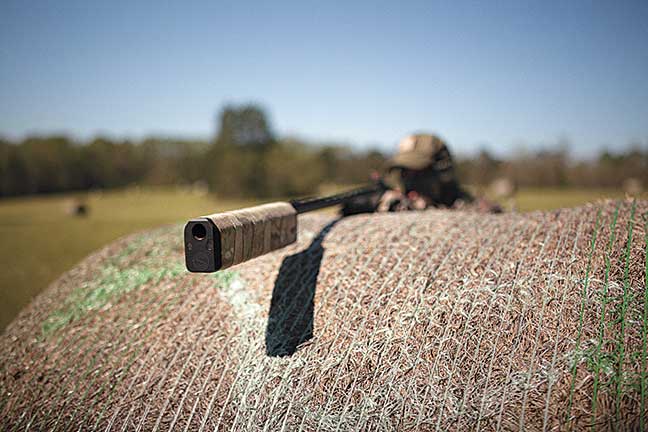
Now my brother and I can share suppressors, and even if my wife doesn't want one, should I leave the suppressor unlocked at home while I'm away, it keeps things legal by having her as a trustee capable of possessing the suppressors in my absence. In the event that I die (which will happen to all of us sooner or later), there is no mad scrambling filling out transfer of ownership forms for my spouse to retain the suppressors. I am simply eliminated from the trust, and possession by the other trustees continues.
Other benefits to a trust over a personal application include the elimination of some of the red tape of suppressor ownership. If the Form 4 is filled out as an individual, the Chief Law Enforcement Officer (CLEO) in your region needs to sign off on it. In addition, two sets of personal fingerprints need to be supplied with the application.
Getting a CLEO signature may be easy or difficult depending upon your location. Many prospective suppressor owners have experienced difficulty in getting CLEO signatures in regions where anti-gun law enforcement is prevalent or where departments, while not anti-gun, just don't want to assume any liability by signing off on any citizen for suppressor ownership.
Getting fingerprinted is easy to do, but it's time-consuming, and many police departments only have set days and hours where citizens can come in and get fingerprinted. Both of these requirements are waived by the formation of a trust.
Simply put, there is no reason not to buy a suppressor with a trust instead of as an individual — even if you are the only person on the trust. Setting up a trust takes about an hour and costs between $100 and $200. I used NFA Gun Trust Lawyers, and it was quick and painless. SilencerCo also offers a trust service, which can be found on their website.
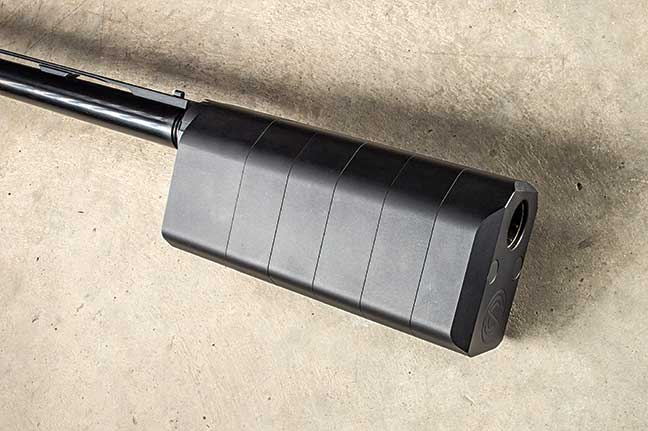
After the trust is set up, find a local NFA dealer. Either purchase a silencer in stock or order one. (I chose to order through SilencerCo.) If you order, there will be a slight wait while a Form 3 transfer (this is paperwork done by the dealer allowing the manufacturer to ship to the dealer) occurs. This happens behind the scenes and doesn't involve the purchaser other than as an additional delay. Once the suppressor is at the dealer, go to the dealer with trust in hand and fill out the Form 4 paperwork. Write a check for $200 to the BATFE/NFA and mail it in.
Then the waiting game begins. Wait and wait and wait some more. (But what else would you be doing with your time? Just sitting around thinking about how fun a suppressor would be to own.) While wait times are trending down, you can expect to wait anywhere from three to six months for your paperwork to go through. When it does, your happy day has arrived. Drive back to your dealer. Pick up your suppressors along with a couple boxes of ammunition and go have fun.
Suppressor-Ready Guns
Until very recently, most guns did not come from the factory "suppressor ready." If a threaded barrel was needed, a trip to the local gunsmith was in order. Luckily, today that isn't the case, and there are many suppressor-ready firearms available right from the manufacturer.
CZ 512
A high-tech semiauto for the next generation, the CZ 512 positioned itself to be even more relevant with the "gamer generation" by making it suppressor ready straight from the factory.
The 512 is a modular design; a lightweight aluminum alloy composes the upper receiver, while the trigger assembly is housed in high-strength polymer. For ease of cleaning, the rifle can be field stripped with nothing more than a coin.
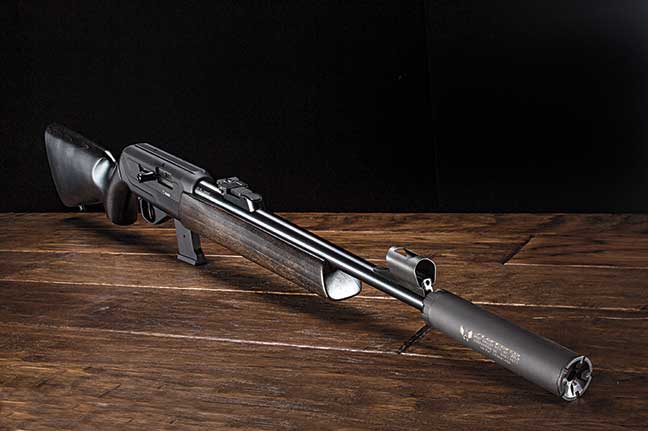
If you think the CZ 455 bolt action is fun when paired with either a SilencerCo Spectre or Sparrow, try the 512 — rapid shooting and quiet doubles the plinking fun. Current owners of the CZ 455 will appreciate the fact that the 512 uses the same magazines.
CZ 912
Until the movie No Country For Old Men, no one gave a thought to silencing a shotgun. But when you think about it, probably more hearing damage comes from shooting shotguns than anything else. Luckily, SilencerCo developed the Salvo, which will work on nearly any shotgun with screw-in chokes.
I tested it on the CZ 612 on a Texas turkey hunt, and it worked flawlessly. I was able to call in a pair of old gobblers without worrying about wearing hearing protection. When the moment of truth came, my ears were none the worse for wear.
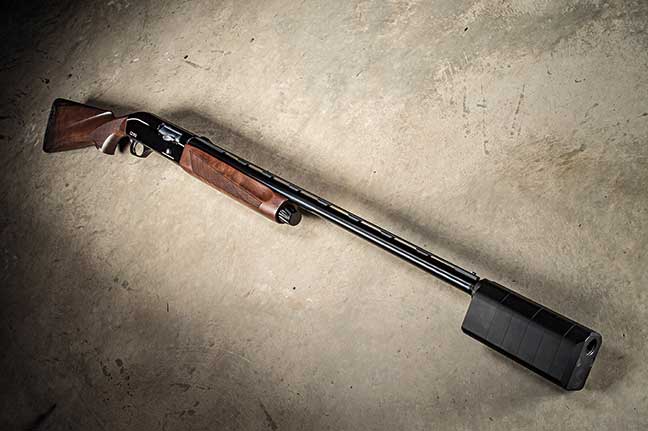
For the semiauto aficionado, a better choice for all-around hunting situations, from goose pits to turkey blinds, is the CZ 912. Still equipped with screw-in chokes, the Salvo will work perfectly, and from my experience with it on the trap range, it won't affect your swing enough to notice.
Which Suppressor To Buy
A major mistake many make is in thinking one suppressor can do it all. It is natural to want one to do it all, but the truth is, suppressors are so much fun, and once you realize how easy they are to own, you will want a suppressor for every gun you own. And having a dedicated suppressor for specific calibers and purposes will ultimately deliver better performance.
Many decide to start with a .22 LR suppressor. This is a great idea as they are lightweight, inexpensive, and remarkably effective when used with subsonic ammunition. From there, buy a suppressor for your next most commonly used caliber. This could be a pistol, a hunting rifle, or a tactical 5.56; the point is there is a suppressor made with specific traits for almost every application. After your second suppressor, you will be hooked.
It is a slippery slope, and before you know it, a suppressor will be affixed to nearly every firearm you own.

